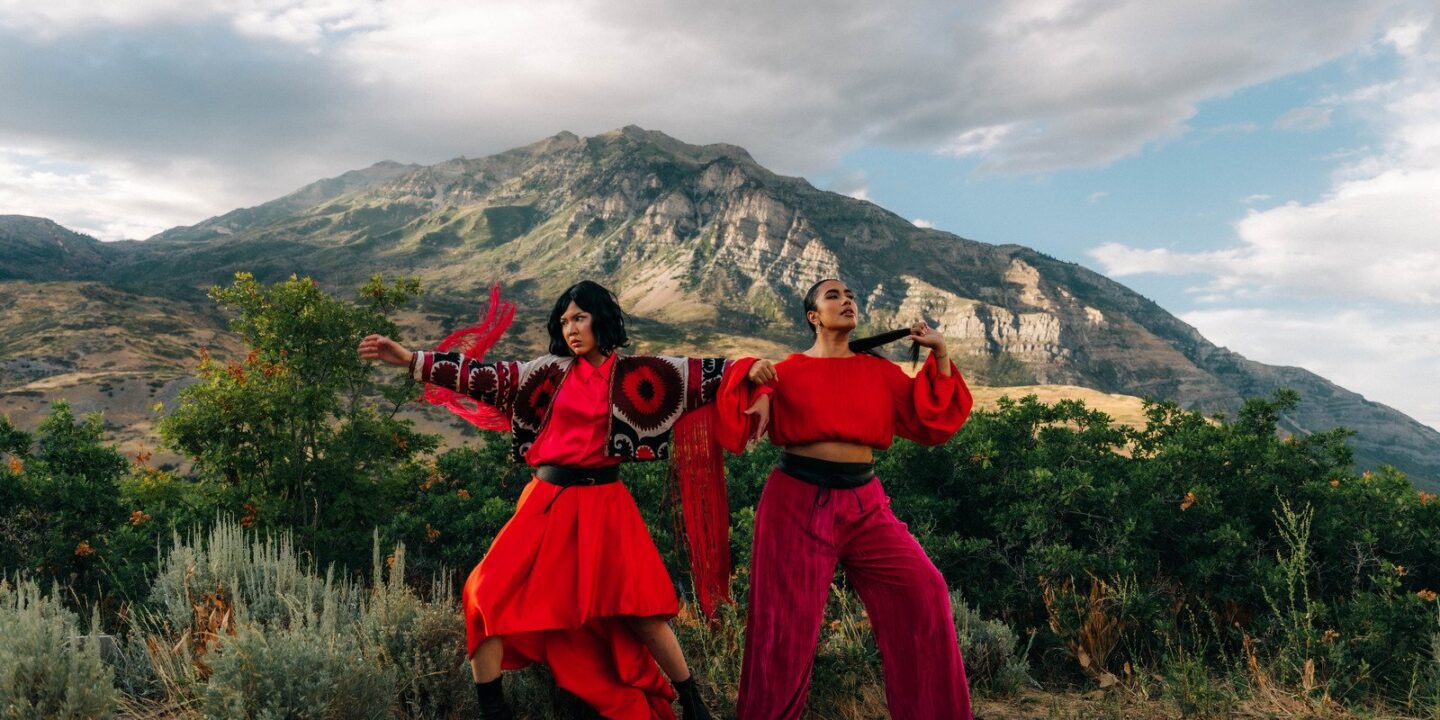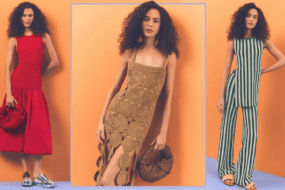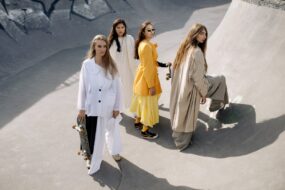
Fashion is an ever-evolving expression of culture, identity, and innovation. Over the decades, fashion has undergone significant transformations, reflecting societal changes, technological advancements, and shifts in artistic expression. From the opulent gowns of the early 20th century to the minimalist trends of the modern era, each decade has left a lasting imprint on the world of style. This journey through fashion history will explore the key trends, influential designers, and cultural movements that have shaped the evolution of style.
The 1920s: The Roaring Twenties and Flapper Fashion
The 1920s was a decade of liberation and modernity. Women embraced shorter hemlines, beaded dresses, and loose-fitting silhouettes, symbolizing newfound freedom. The flapper dress, characterized by its dropped waist and fringe details, became the signature look of the era. Coco Chanel revolutionized fashion with her simple yet elegant designs, introducing comfortable fabrics like jersey and popularizing the little black dress. Men’s fashion also saw a shift, with tailored suits becoming more relaxed and accessorized with fedoras and two-tone shoes.
The 1930s: Elegance and Hollywood Glamour
The Great Depression influenced fashion by emphasizing practicality and sophistication. Bias-cut gowns, made famous by designers like Madeleine Vionnet, draped beautifully over the body, enhancing femininity. Hollywood played a significant role in shaping style, with silver-screen icons like Jean Harlow and Marlene Dietrich setting trends. Men’s suits became more structured, with broad shoulders and defined waists, reflecting a refined and authoritative look.
The 1940s: Utility and Post-War Fashion
World War II led to fabric rationing, resulting in practical and utilitarian fashion. Women wore tailored suits with padded shoulders, knee-length skirts, and simple blouses. The “Rosie the Riveter” look, featuring high-waisted trousers and bandanas, symbolized women’s participation in the workforce. After the war, Christian Dior introduced the “New Look” in 1947, bringing back opulence with full skirts, cinched waists, and ultra-feminine silhouettes. Men’s fashion remained structured, with double-breasted suits and military-inspired styles dominating.
The 1950s: Rockabilly and Classic Elegance
The 1950s embraced both conservative and rebellious styles. Women favored hourglass silhouettes, poodle skirts, and sweater sets, influenced by icons like Audrey Hepburn and Grace Kelly. Meanwhile, the rockabilly style, with leather jackets, cuffed jeans, and slicked-back hair, emerged among the youth, inspired by figures like Elvis Presley and James Dean. Menswear was defined by sharp tailoring, and leisurewear gained popularity with Hawaiian shirts and relaxed slacks.
The 1960s: Mod, Hippie, and Youth Culture
The 1960s was a decade of radical change, as youth culture and countercultural movements took center stage. The mod fashion movement, led by designers like Mary Quant, introduced mini skirts, bold geometric prints, and go-go boots. The hippie movement emerged later in the decade, embracing bell-bottoms, tie-dye, and fringe jackets as symbols of peace and rebellion. Men’s fashion saw a rise in slim-cut suits early in the decade and transitioned into colorful, psychedelic prints by the late 1960s.
The 1970s: Disco, Bohemian, and Punk
The 1970s saw a blend of diverse styles. The disco era brought glamorous, glittery outfits, wide-legged pants, and jumpsuits, inspired by Studio 54 and musical icons like Donna Summer. Bohemian fashion thrived with flowy maxi dresses, peasant blouses, and earthy tones, while punk fashion, spearheaded by bands like the Sex Pistols, featured leather jackets, ripped jeans, and rebellious DIY aesthetics. Men’s fashion also embraced both disco glam and rugged denim looks.
The 1980s: Power Dressing and Excess
Excess and boldness defined 1980s fashion. Women embraced power dressing with oversized blazers, shoulder pads, and bold colors, reflecting their growing presence in corporate spaces. Pop culture icons like Madonna popularized lace gloves, corsets, and layered accessories. The fitness craze led to neon-colored leggings, sweatbands, and leg warmers. Men’s fashion featured preppy polo shirts, acid-washed jeans, and leather jackets, influenced by music stars like Michael Jackson and film characters like Gordon Gekko in Wall Street.
The 1990s: Grunge, Minimalism, and Streetwear
The 1990s moved away from the extravagance of the ’80s, embracing a more relaxed and individualistic approach. Grunge fashion, influenced by bands like Nirvana, introduced flannel shirts, ripped jeans, and combat boots. Minimalism, led by designers like Calvin Klein and Helmut Lang, featured slip dresses, monochrome outfits, and simple silhouettes. Hip-hop culture played a significant role in shaping streetwear, with oversized clothing, baggy jeans, and athletic brands like Tommy Hilfiger and FUBU gaining popularity.
The 2000s: Y2K, Fast Fashion, and Celebrity Influence
The early 2000s was dominated by Y2K fashion, characterized by metallic fabrics, low-rise jeans, and futuristic elements. Celebrities like Britney Spears and Paris Hilton set trends with crop tops, rhinestones, and mini skirts. The rise of fast fashion made trendy clothing more accessible, with brands like H&M and Zara quickly replicating runway styles. Athleisure also gained traction, with velour tracksuits from Juicy Couture becoming a staple.
The 2010s: Social Media, Sustainability, and Streetwear Domination
The 2010s witnessed the influence of social media on fashion trends, with Instagram and influencers dictating style choices. Streetwear brands like Supreme and Off-White merged luxury with casualwear, while normcore embraced plain, functional clothing. The decade also saw a growing emphasis on sustainability, with brands promoting ethical fashion and second-hand shopping becoming more mainstream. The rise of gender-fluid fashion blurred traditional lines, encouraging self-expression through clothing.
The 2020s: Digital Fashion and a New Era of Individualism
Fashion in the 2020s continues to evolve, embracing technology, sustainability, and inclusivity. The pandemic led to the rise of loungewear and comfort-driven fashion, while digital fashion—such as NFTs and virtual clothing—gained attention. Thrift culture and upcycling have become popular, encouraging eco-conscious fashion choices. With the blending of past decades’ styles, today’s fashion is all about individuality, personal expression, and the fusion of nostalgia with modernity.
Conclusion
Fashion is a powerful reflection of its time, capturing the essence of societal shifts and cultural revolutions. Each decade has contributed to the ever-changing landscape of style, blending tradition with innovation. As we move forward, fashion will continue to evolve, embracing new technologies, sustainability, and the boundless creativity of future generations. Whether inspired by the elegance of the past or the digital possibilities of the future, fashion remains a dynamic and influential force in shaping identity and culture.






















